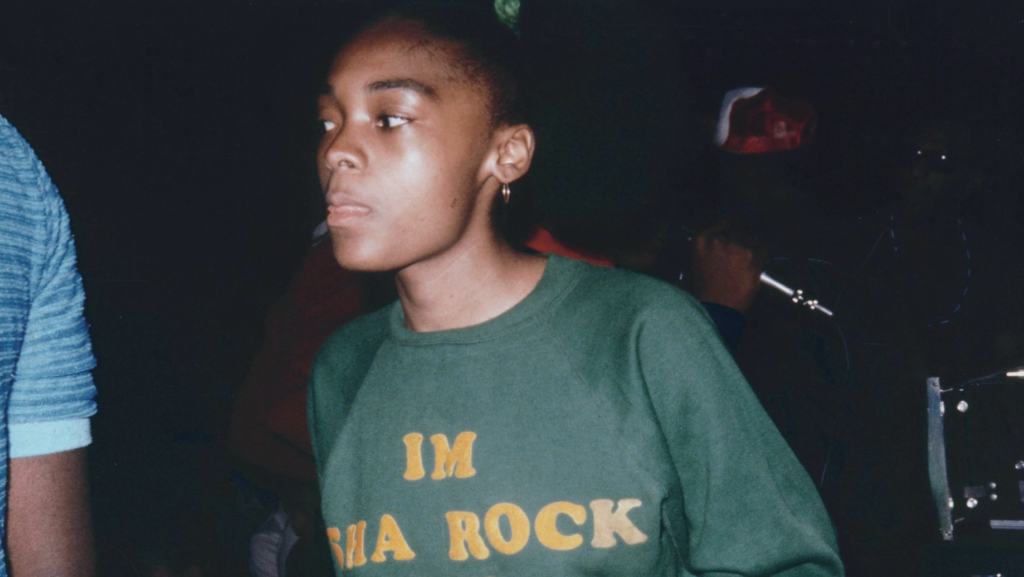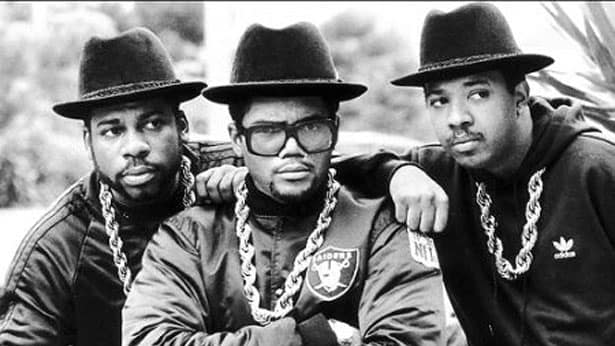Years ago, before Hammertime and “Ice Ice Baby,” there was an MC named Sha-Rock. As part of the Funky 4 + 1, she rapped at park jams, club gigs and, on a February night in 1981, took part in the first hip-hop performance ever on “Saturday Night Live.” These days, Sharon Green works in the correctional industry in Texas, and she’s thrilled that the sonic schoolhouse known as Smithsonian Folkways is stepping up to provide a much-needed history course in Hip-Hop 101.

The Funky 4 + 1’s influential, heavily sampled 1980 single, “That’s the Joint,” is one of 120 songs on a sprawling, nine-CD set called “Smithsonian Anthology of Hip-Hop and Rap,” which will come out next year.
“It gives people a blueprint,” Sha-Rock says. “Just in case they don’t know, people will say, ‘Who is Sha-Rock? Who is this Funky Four + 1?’ This will let them learn and inspire.”
The set, which will include a 300-page book and stunning photos from the collection of the National Museum of African American History and Culture, aims to put a spotlight on hip-hop the same way Smithsonian Folkways has highlighted jazz, blues, folk and music from around the world.
“Everybody loves Folkways but thinks it’s dead,” says Huib Schippers, the director and curator of Smithsonian Folkways Recordings. “If you look at our release schedule for next year, you’ll see that we’re very far from dead.”
The Smithsonian cast a wide net to develop the set, collaborating with the African American Museum and recruiting such advisers as Questlove and Chuck D and historians Dan Charnas, Bill Adler and Jeff Chang. MC Lyte, who in 1988 became the first female solo rapper to put out an LP, was on the project’s executive committee.
MC Lyte is particularly happy about including female MCs, who are often overshadowed in the male-dominated genre. She also loves being able to build the historic record with most of the key figures still around.
“I’ll get on the phone with Kool Moe Dee and I’ll ask him, ‘Who came first?’ ” she says. “Sha-Rock was it for me. What about Pebbly Poo? Because most people don’t really have a hip-hop oracle, they can use this anthology to teach them who you need to know.”
MC Lyte says she enjoyed the discussions as the advisers whittled down song lists.
“It wasn’t a matter of whether a special artist or group should be included,” she said. “The heat came from which song should be representative of what that artist is about and does that song encapsulate what that song is. Especially with a group like A Tribe Called Quest. Is it ‘I Left My Wallet in El Segundo,’ which started their career off and was so completely different from what was going on at the time, or is it ‘Award Tour’ or some of the works that infused jazz? Everyone makes their arguments and then a decision is made, but it’s a great conversation and it’s a great problem to have.”
Dwandalyn Reece, curator for music and performing arts at the African American Museum, says she thinks the set will help people who have resisted hip-hop better understand its power. She specifically notes the inclusion of Eminem’s “Stan.”
“Obviously it’s got some content that’s objectionable to some people,” she says. “But it’s also an example of really dramatic and theatrical storytelling, and that’s the strength of the piece.”
There are bound to be debates. The Smithsonian isn’t ready to release a full song list, but it did reveal more than 20 of the songs, including LL Cool J’s “I Need Love,” Public Enemy’s “Fight the Power,” Ice-T’s “6 ‘N The Mornin’” and Lauren Hill’s “Doo Wop (That Thing).” Run-DMC is represented by “Walk This Way,” their groundbreaking collaboration with Aerosmith’s Steven Tyler and Joe Perry, but “Sucker MC’s,” considered revolutionary for its stripped-down approach, didn’t make the cut. And the anthology includes the much-maligned 1990 Vanilla Ice hit “Ice Ice Baby.”
“I already told everybody that the minute the set is released, you should disengage from social media because it’s going to be a nightmare,” jokes Bill Stephney, the former Def Jam executive and Public Enemy producer who has been an adviser on the project.
Getting the anthology together wasn’t easy.
“The world of hip-hop veers between the wonderful anarchic and the overorganized lawyer-controlled environment,” Schippers says, which means that getting clearances and licensing permission took time and money. Schippers says that’s why the collection won’t be available on vinyl or digitally. It’s also why the Smithsonian launched a Kickstarter campaign to try to offset the costs. Rewards for contributors to the campaign include works by renowned artist Cey Adams and photographer Janette Beckman, Smithsonian sets and, for $10,000, a personal tour of the African American Museum with Questlove. (Geoff Edgers)









